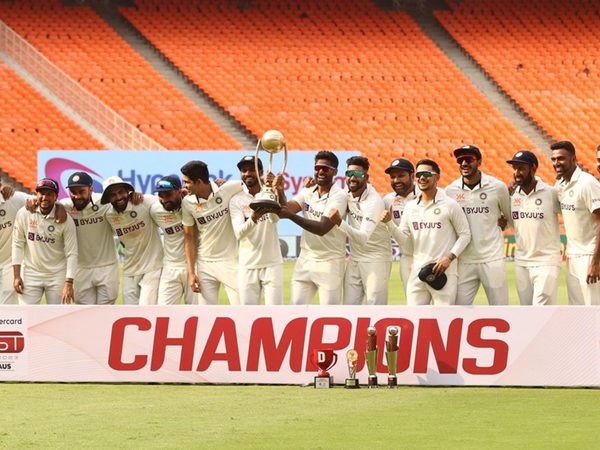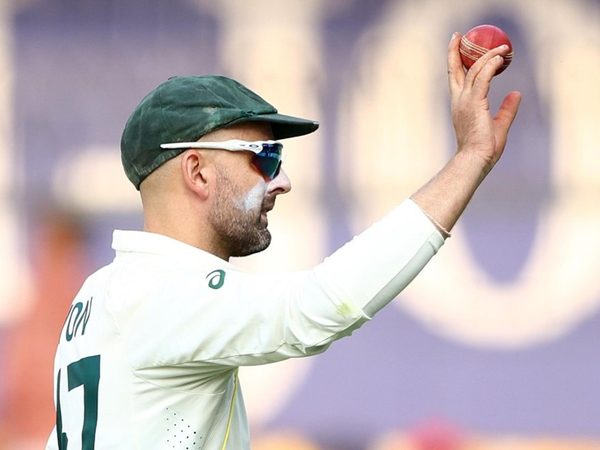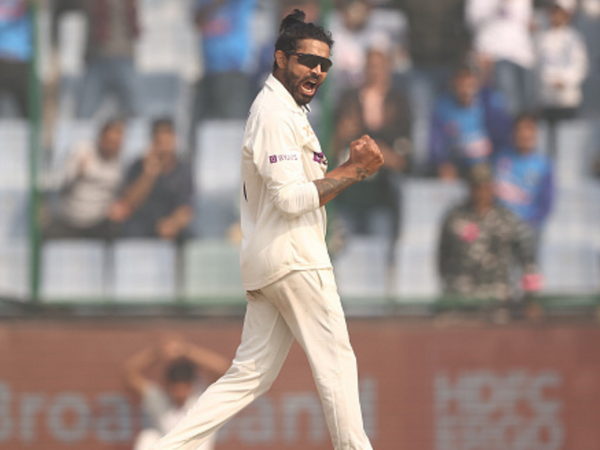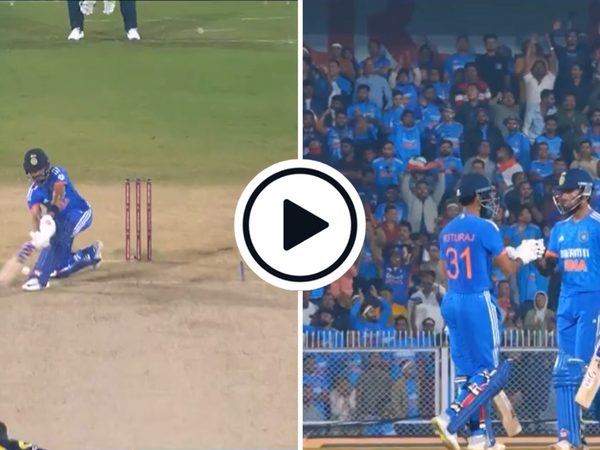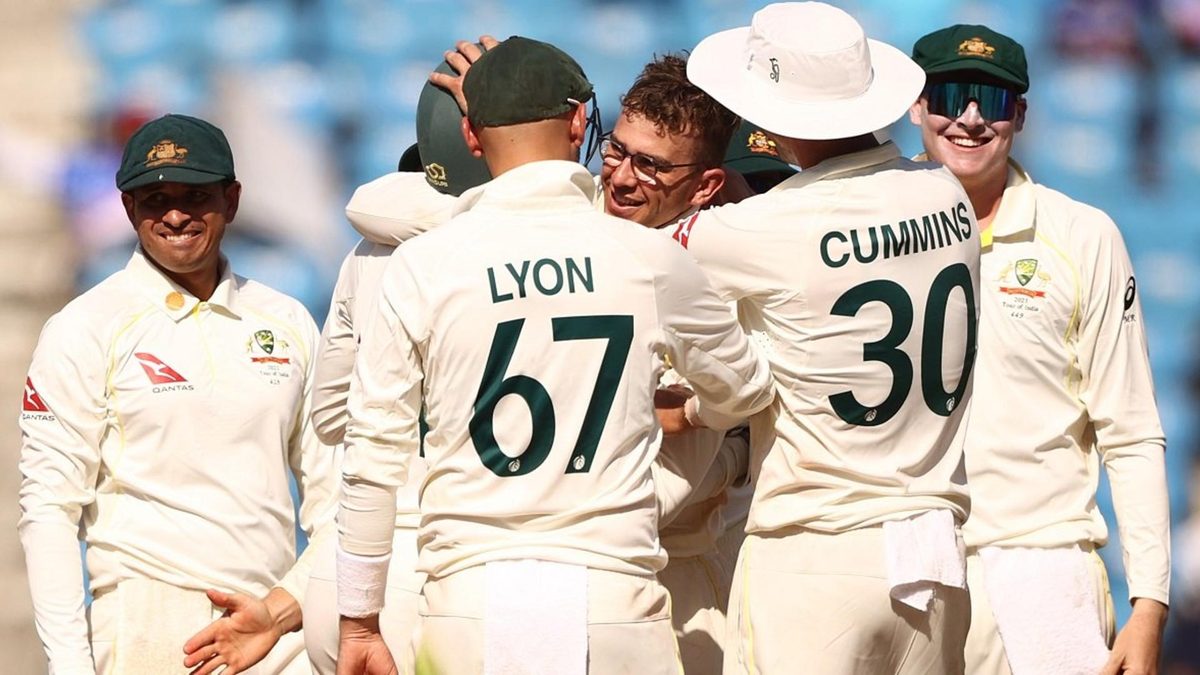
Australia lost 1-2 in India, but they come away from the Test series with more positive than most teams who have toured India in the recent past, and plenty of takeaways to consider.
They showed India are beatable in India
After being 0-2 down in the series, Australia won in Indore. And it was not the win-toss-bat-first-and-capitalise-on-traditional-advantage-in-India win like their own in Pune in 2016/17 or England’s in Chennai in 2020/21 either.
India won the toss, but Australia quickly figured out that the pitch would produce turn but not bounce. Their finger-spinners, deployed after five overs, switched to round the wicket very early, bowled out India for 108 in 33.2 overs and drove that advantage home.
It was not a fluke win either. In the second Test match, in Delhi, Australia made 263 and reduced India to 139-7 before the batting abilities of the bowlers pushed India to 261. Australia then imploded for 113 in bizarre fashion, conceding the game.
Had they indeed won that Test match, India would almost certainly have prepared a different pitch in Ahmedabad. Who knows how the series would have panned out?
At home, India have now won 16 Test series in a row, not lost a series in over a decade, and lost only three in 35 years. Australia came closer to denting that remarkable record than most touring sides.
There are openers beyond David Warner
He is 36, and he averages 31.70 across 22 Test matches in Asia. In India, that number dropped from 24.25 to 21.78 before he was ruled out, a Test and a half into the the series.
It is not about runs in Asia either. Since the pandemic, Warner has scored 914 runs at 29.48 – and over a fifth of that came in a double hundred on home soil. Since his debut, Warner’s average away from home (33.17) is the worst of anyone with a 3,000-run cut-off.
As a six-Test-long English summer awaits them, Australia may want to reconsider backing a man who averages 26.04 in the country, including 9.50 on his last tour. Stuart Broad, who got him seven times in 10 innings, will certainly not mind.
It would have been another thing had Australia not found openers to step into Warner’s shoes, but Usman Khawaja and Travis Head are in outstanding form, and average 60.27 as a pair, though they had never opened together before the India tour.
Smith’s runs are important, but not all-important
On the 2016/17 tour, Steve Smith provided a masterclass of batting against quality spin bowling, finishing the tour with 499 runs at 71.28. He looked brilliant at times on the recent tour as well and was dismissed under 25 only twice in seven innings, but he leaves India without reaching forty even once.
An average of 29 would have been ordinary for most cricketers. For Smith, it is less than half his career average. Not many teams do well if the best batter performs below par, but the Australia batting stood up in a low-scoring series.
Khawaja, Head, and Marnus Labuschagne all averaged in excess of 40; Peter Handscomb made an excellent unbeaten 72 in Delhi; and Cameron Green got a hundred in Ahmedabad. The Australian top six finished with an average of 34.40. Among visiting teams in India, only England in 2016/17 had a better average (37.71) in the last ten years in series of two or more matches.
The finger-spin lineage doesn’t end in Lyon
Nathan Lyon is a trailblazer in a country where success with the ball on hard wickets with Kookaburra balls has been restricted to – barring the odd exception – fast bowlers and wrist spinners.
At home, he is often restricted to the role of the foil, bowling long spells as the fast bowlers tear in at the other end, often targeting (but not restricting himself to) the footmarks of Mitchell Starc. But he comes into his own in India, where the pitches and the SG ball both assist finger spin. No touring bowler has taking more Test wickets than his 56 (at 27.35) on Indian soil.
Despite Lyon’s success, the question of his successor lingered in a country that seldom assists finger spin. Neither Todd Murphy nor Matt Kuhnemann had played a Test match before this tour, but Indian fans are likely to remember their accuracy and ability to turn the ball. The DRS-era spin twins thrived in Lyon’s company, boldened by the favourable ball and pitches.
If one backup for the eighth-highest wicket-taker in Test cricket was not good enough, Australia have now found two. How they shape up is another thing.
Don’t hesitate to back debutants on big tours
The team management could have started the tour with Mitchell Swepson, but slow leg-spinners seldom do well in India. They could also have backed Ashton Agar for his batting credentials, but decided against it.
Instead, they threw the uncapped Murphy into the mix in the Nagpur Test, and he repaid their faith with 7-124. Ahead of the Delhi Test, the uncapped Kuhnemann flew out – and made his Test debut straightaway when Australia went in with three spinners and alone fast bowler, captain Pat Cummins.
Cummins did not bowl himself at all as India set out to chase 115 for a win. Instead, he backed his spinners to the hilt as they took out four wickets. Australia’s strategy bore fruit in Indore, as Kuhnemann got 5-16 in nine overs the first innings. Of all touring spinners to take a five-wicket haul in the first innings in a Test match in India, his strike rate of 10.8 is the best by some distance.
Neither Murphy (14 wickets at 25.21) nor Kuhnemann (9 wickets at 31.11) did not pick as many wickets as Lyon, R Ashwin, or Ravindra Jadeja, but they did better than Axar Patel.
Between them, the three Australians managed 45 wickets (at 26.28) – the most by spinners of any touring side in a single series of India in half a century. And that was possible only because the team management did not hesitate to field not one but two debutants in an attack of three spinners on a difficult tour.

